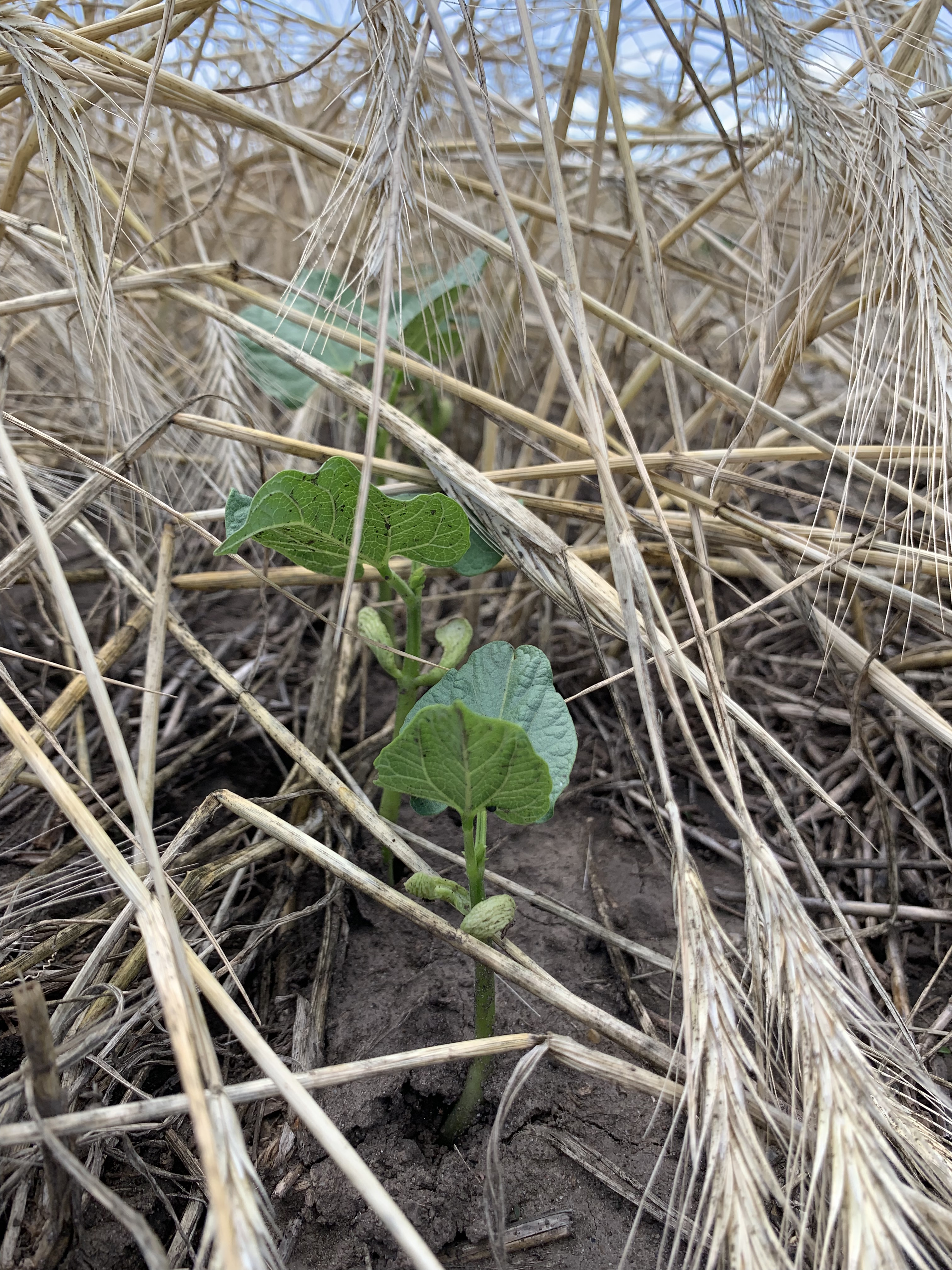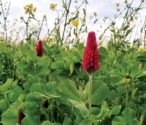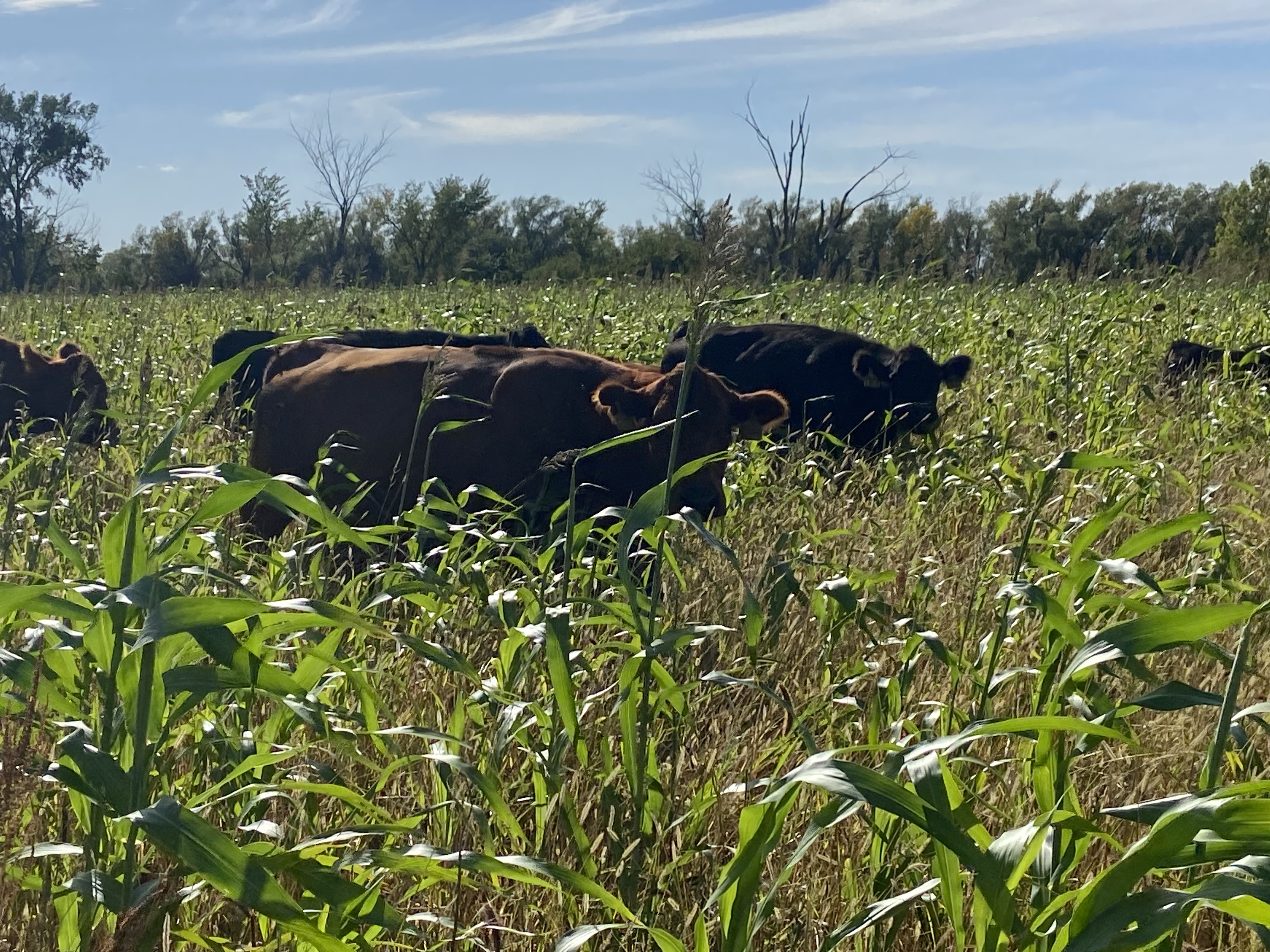Advertise Follow Us
Articles Tagged with ''Cover crops''
For this episode of the No-Till Farmer podcast, brought to you by SOURCE by Sound Agriculture, Brad and Joel Reddick joined Cover Crop Strategies podcast host and editor Noah Newman to cover the basics of their operation, how they came to add on additional practices to no-tilling.
Read More
No-Till Passport Series
Farmer in Wales Cuts Fertilizer Use with New Grazing Methods, Cover Crops
Read MoreNo-Till Farmer Influencers & Innovators
[Podcast] Joel Myers on the Rise of No-Till Pennsylvania
For this episode of the No-Till Farmer Influencers & Innovators podcast, brought to you by The Andersons, podcast focuses on the early days of no-till in the keystone state. Joel Meyers is nearing retirement now, but for 20 years as the NRCS State Agronomist for Pennsylvania, he helped to advocate no-tillage for the gently rolling hills and steeper slopes in Northern Appalachia.
Read More













